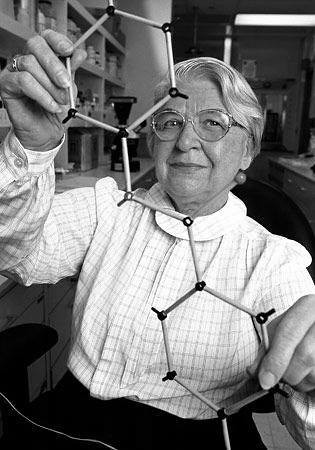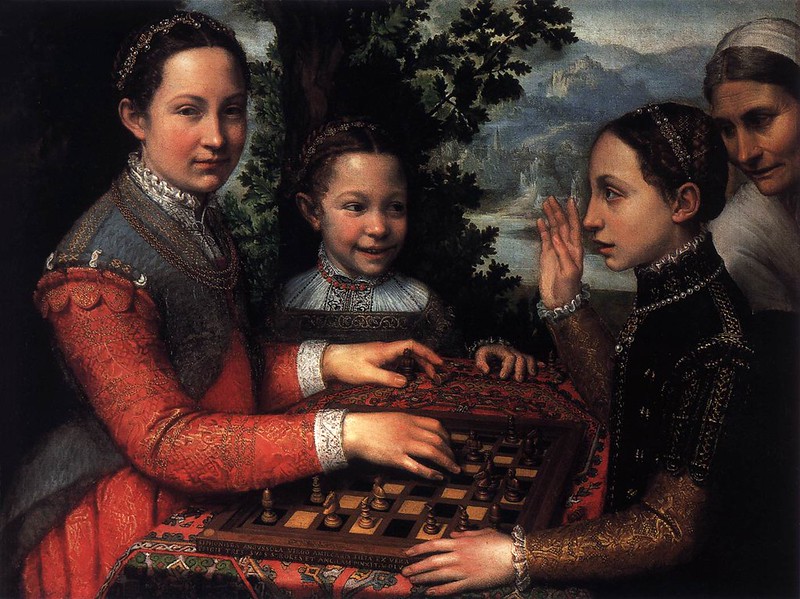Incredible Females Overlooked by History
When we think about inventors, the first names that come to mind are people like Thomas Edison and Alexander Graham Bell. Can you think of even a single female inventor?
Throughout history, gender-based discrimination has taken the spotlight from countless women who have made incredible contributions to the world. From bulletproof material to futuristic batteries, here are five incredible inventions, and the women behind them.
Kevlar – Stephanie Kwolek
Kevlar is a super-strong, heat-resistant fiber used as an ingredient in composite material components. Even though it is pliable, Kevlar is five times stronger than steel! It is spun into ropes or sheets of fabric and used for various applications like tires, racing sails, and even bulletproof vests.
The inventor of Kevlar, Stephanie Kwolek, was a trained chemist who also had an interest in fashion design and fabrics. Her two passions were brought together in the 1960s when she was researching fibers under extreme conditions and discovered that molecular chains became stronger at low temperatures. Imagine how many lives Stephanie has saved over the years with this invention!
Improved Life Rafts – Maria Beasly
Life rafts were initially flat boards made of wood and not particularly safe. The focus was placed on making it storable on ships but still able to float. The improved design was still compact, but also fire-proof, foldable, had guard-rails, and was a lot safer. These rafts were used on the Titanic and saved more than 700 lives!
The improved life rafts were invented by Maria Beasley, an American inventor who was rumored to have been inspired by the Women’s Pavilion at the Centennial Exhibition of 1876. Besides working as a dressmaker and inventing barrel-making machines, and these innovative life rafts, Maria also ran her household, as was expected of women in the 1800s.
Computer Algorithm – Ada Lovelace
The world is run by computers these days, and to make a computer do anything, you need to write algorithms. Algorithms are instructions that tell the computer what to do and how to do it. Without algorithms, the world would not be the same. Healthcare, transportation, the food industry, and just about everything that’s manufactured rely on algorithms!
Ada Lovelace was translating her mathematics professor’s notes. He was busy with a theoretical invention of an analytical engine. Lovelace tripled the original text and, with that, was credited with inventing the world’s very first computer algorithm.
The Dishwasher – Josephine Cochrane
Every household could do with an automatic dishwasher! This wonderful invention does exactly what it says: it washes dishes! This invention took previous types to the next level because it used water pressure instead of scrubbers to do the job, something that took the common sense of a woman to figure out.
The inventor of the modern-day automatic dishwasher, Josephine Cochrane, was an American housewife. She designed the dishwasher in a shed in her backyard and constructed it with the help of a mechanic called George Butters. After she launched her machine, it was installed in restaurants and hotels and eventually became part of the KitchenAid brand. Only after her death was Josephine inducted into the Inventors Hall of Fame for her invention.

Space Station Batteries – Olga González-Sanabria
Reliant on solar power, the International Space Station needs top-quality batteries to store power when the run’s rays are blocked out. Long-life nickel-hydrogen batteries are crucial to keeping this very important artificial satellite operational and in orbit. These batteries can operate for more than 15 years!
Olga González-Sanabria, the inventor of the batteries, was born in Puerto Rico and immigrated to the United States where she worked for NASA. In her spare time, Olga mentors students with a special focus on underrepresented groups with the goal of giving them opportunities for meaningful experiences. At NASA she became the highest-ranking Hispanic person, in spite of the challenges she faced because of her gender.






